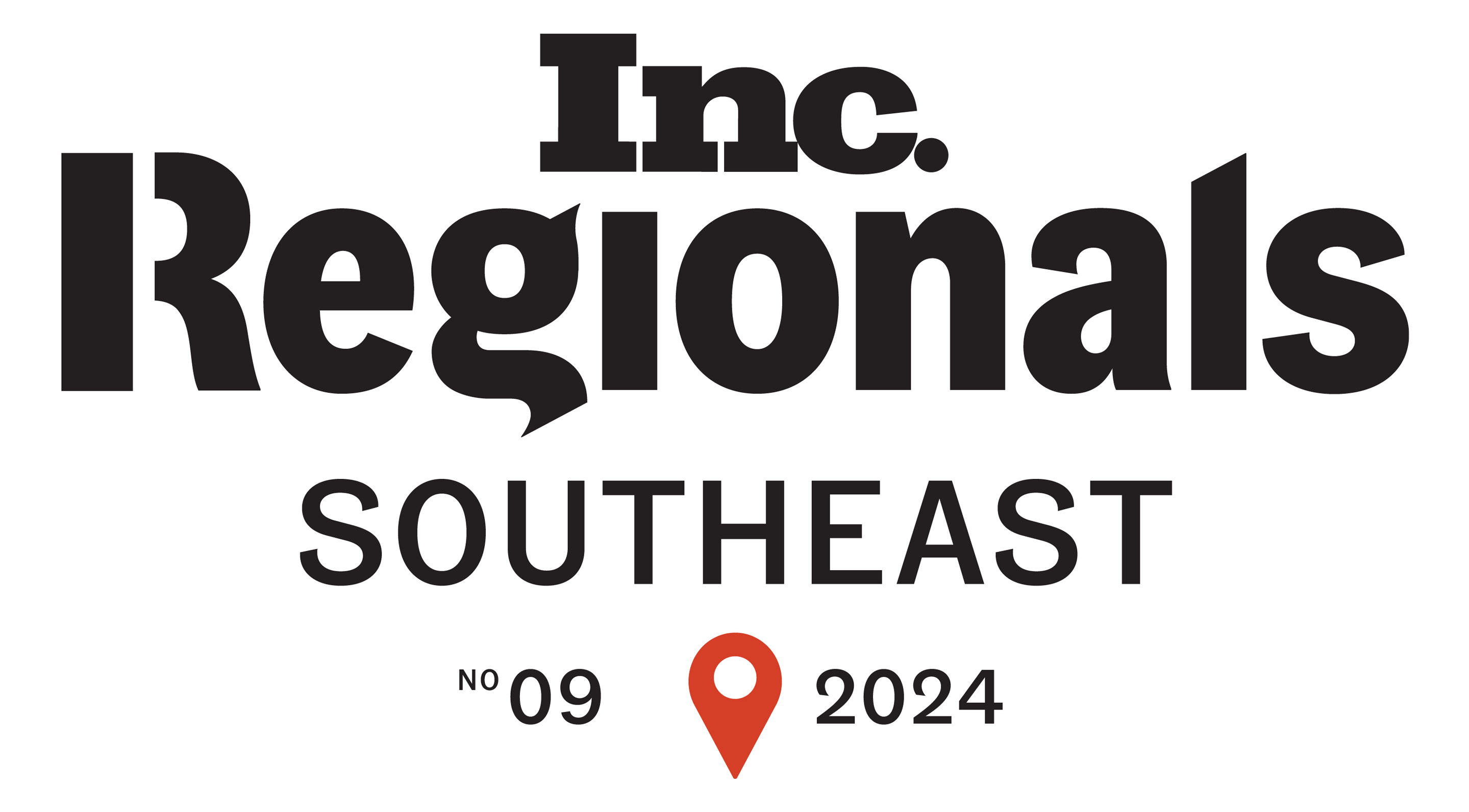Are you a manufacturer looking to improve your warranty service? You're not alone. Many companies struggle with managing warranties efficiently. Outsourcing these services can be a game-changer, but how do you know if it's right for your business? This article will guide you through evaluating warranty service outsourcing options. We'll cover key factors to consider, potential benefits, and important questions to ask. Let's explore how outsourcing could boost your efficiency and customer satisfaction.
Understanding Warranty Service Outsourcing
Warranty service outsourcing means hiring another company to handle your product warranties. Instead of dealing with repairs and customer issues in-house, you let experts take care of it. This can free up your time and resources for other important tasks.
But why do manufacturers choose to outsource? There are several reasons:
- Cost savings
- Better customer service
- Access to specialized skills
- Improved efficiency
Let's break these down a bit more.
Cost Savings
When you outsource warranty services, you don't have to pay for full-time staff, training, or equipment. The outsourcing company already has these things in place. This can lead to big savings, especially for smaller manufacturers.
Better Customer Service
Outsourcing companies often have more experience dealing with customer issues. They know how to handle problems quickly and keep customers happy. This can lead to better reviews and more loyal customers.
Access to Specialized Skills
Warranty service providers have teams of experts who know how to fix all kinds of products. They stay up-to-date on the latest repair techniques. This means your customers get high-quality service that you might not be able to provide on your own.
Improved Efficiency
Outsourcing can help you streamline your warranty process. The service provider can handle everything from customer calls to repairs to shipping. This leaves you free to focus on making great products.

Key Factors to Consider
Now that you know the benefits, how do you decide if outsourcing is right for you? Here are some important things to think about:
Service Quality
The most important factor is the quality of service your customers will receive. Look for a provider with a good track record. Ask about their repair success rates and customer satisfaction scores.
Cost
While outsourcing can save money, you need to make sure the numbers work for your business. Get detailed quotes from several providers. Compare these to your current warranty service costs.
Flexibility
Your warranty needs might change over time. Choose a provider that can grow with your business. Ask about their ability to handle increased volume or new product lines.
Technology
Good warranty service relies on efficient systems. Make sure the provider has up-to-date technology for tracking repairs, managing inventory, and communicating with customers.
Communication
Clear communication is key to good service. Ask how the provider will keep you updated on repairs and customer issues. Make sure they can provide regular reports on service performance.
Evaluating Potential Providers
Once you've considered these factors, it's time to look at specific providers. Here are some steps to help you evaluate your options:
- Research their reputation: Look for online reviews and ask for references from other manufacturers.
- Check their certifications: Make sure they meet industry standards for quality and security.
- Visit their facilities: If possible, tour their repair centers to see how they operate.
- Review their processes: Ask for detailed information on how they handle repairs and customer communication.
- Discuss performance metrics: Agree on key performance indicators (KPIs) to measure their service quality.
Questions to Ask Potential Providers
When you're talking to warranty service providers, here are some important questions to ask:
- What is your average repair time?
- How do you handle customer complaints?
- What kind of training do your technicians receive?
- How do you manage spare parts inventory?
- Can you provide examples of how you've improved efficiency for other clients?
Making Your Decision
After gathering all this information, you'll be in a good position to decide if outsourcing is right for you. Consider all the factors we've discussed and how they align with your business goals.
Remember, the goal is to improve efficiency and customer satisfaction. If outsourcing can help you achieve these goals while saving money, it might be the right choice for your business.

Implementing Warranty Service Outsourcing
Once you've decided to outsource your warranty services, it's time to put your plan into action. This step can feel overwhelming, but with the right approach, you can make the transition smooth and successful.
Creating a Transition Plan
The first step in implementing warranty service outsourcing is to create a detailed transition plan. This plan should outline every step of the process, from choosing your outsourcing partner to fully handing over the reins.
Start by setting clear goals for your outsourcing project. What do you want to achieve? Maybe you're aiming to cut costs, improve customer satisfaction, or free up your team to focus on other tasks. Whatever your goals, make sure they're specific and measurable.
Next, think about timing. How long will the transition take? It's often best to start with a pilot project before rolling out the full outsourcing plan. This lets you test the waters and work out any kinks before committing fully.
Don't forget to involve your team in this process. They'll likely have valuable insights and concerns that you'll need to address. Plus, getting their buy-in early can make the whole transition much smoother.
Choosing the Right Partner
Picking the right outsourcing partner is crucial. You want a company that not only has the skills and experience to handle your warranty services but also fits well with your company culture.
Look for a partner with a proven track record in your industry. Ask for references and case studies (without mentioning specific companies). How have they helped other businesses like yours?
Consider their technology capabilities. Do they have up-to-date systems that can integrate with yours? Can they handle the volume of warranty claims you expect?
Don't just focus on the technical aspects, though. Think about communication and cultural fit too. You'll be working closely with this company, so it's important that you can work well together.
Training and Knowledge Transfer
Once you've chosen your partner, it's time to start transferring knowledge. This is a critical step that many companies overlook.
Your outsourcing partner needs to understand your products inside and out. They should know common issues, troubleshooting steps, and when to escalate problems. This might mean bringing their team to your facilities for hands-on training or creating detailed documentation.
Remember, this isn't a one-time thing. You'll need to keep your outsourcing partner updated on new products and changes to existing ones. Think about setting up regular training sessions or a system for sharing updates.
Setting Up Communication Channels
Good communication is key to successful outsourcing. Set up clear channels for daily operations, escalations, and strategic discussions.
For day-to-day operations, you might use a shared ticketing system or regular check-in calls. For bigger issues, make sure there's a clear escalation path. Who should the outsourcing team contact if they run into a problem they can't solve?
Don't forget about strategic communication too. Plan for regular reviews where you can discuss performance, address any issues, and look for ways to improve.
Monitoring and Measuring Performance
How will you know if your outsourcing project is successful? By setting up clear metrics and monitoring them closely.
Some key metrics to consider include:
- Customer satisfaction scores
- Average time to resolve warranty claims
- Cost per claim
- First-time fix rate
Make sure you have systems in place to track these metrics. Many outsourcing providers offer dashboards or regular reports. If not, you may need to set up your own tracking system.
Continuous Improvement
Finally, remember that implementing warranty service outsourcing isn't a "set it and forget it" task. It's an ongoing process of monitoring, adjusting, and improving.
Regular review meetings with your outsourcing partner are crucial. Use these meetings to go over performance metrics, discuss any issues, and brainstorm ways to improve the service.
Be open to feedback from your customers and your internal team too. They may spot problems or opportunities that you've missed.
With careful planning and ongoing management, warranty service outsourcing can significantly improve your efficiency and customer satisfaction. It's a big step, but one that can pay off in a big way for your business.
Integrating Warranty Service Outsourcing
Once you've decided to outsource your warranty services, it's time to make it happen. This step can feel like a big challenge, but with the right approach, you can make the switch smooth and successful.
Getting Your Team Ready
One of the most important parts of bringing in outsourced warranty services is preparing your team. Your employees might worry about what this change means for them. It's crucial to talk openly with your team about why you're making this change and how it will help the company.
Start by explaining the benefits. For example, outsourcing might let your team focus on more important tasks or help the company save money. Be clear about how this change will affect each person's job. Some roles might change, while others might stay the same.
It's also a good idea to ask your team for their thoughts. They might have concerns or ideas you haven't thought of. Listening to them can help make the transition easier and might even give you some valuable insights.
Training the Outsourcing Team
For outsourcing to work well, the new team needs to know your products inside and out. This means setting up thorough training sessions. You might need to bring the outsourcing team to your facilities or create detailed guides about your products.
Think about the common problems customers face with your products. The outsourcing team needs to know how to fix these issues quickly. They should also understand when to ask for help from your in-house experts.
Remember, training isn't a one-time thing. As you release new products or make changes to existing ones, you'll need to keep the outsourcing team up to date. Consider setting up regular training sessions or creating an online system where you can share updates easily.
Setting Up Good Communication
Clear communication is key when you're working with an outsourced team. You need to set up ways to talk about day-to-day work, big problems, and long-term plans.
For everyday issues, you might use a shared computer system where everyone can see what's happening with warranty claims. For bigger problems, make sure everyone knows who to contact. Maybe there's a specific person on your team who handles tough questions from the outsourcing group.
Don't forget about talking about the big picture too. Plan regular meetings where you can look at how things are going overall. This is a chance to solve any ongoing issues and think about ways to make the warranty service even better.
Keeping an Eye on How It's Going
To know if outsourcing is working well, you need to watch some key numbers. These might include how happy customers are, how quickly warranty claims are handled, and how much each claim costs.
Make sure you have a way to track these numbers easily. Many outsourcing companies offer reports or online dashboards where you can see this information. If they don't, you might need to set up your own system to keep track.
Always Looking for Ways to Improve
Remember, outsourcing your warranty service isn't something you set up and then forget about. It's an ongoing process of watching, adjusting, and making things better.
Regular meetings with your outsourcing partner are important. Use these times to look at the numbers we talked about earlier, discuss any problems, and think of ways to make the service even better.
Listen to what your customers and your team are saying too. They might notice things that you've missed. Maybe customers are mentioning a new problem that's coming up often, or your team has an idea for making the claim process faster.
By staying on top of things and always looking for ways to improve, you can make sure your outsourced warranty service keeps getting better over time.
At OnPoint Warranty, we understand the challenges manufacturers face when it comes to warranty services. Our team's 65 years of combined experience in manufacturing, insurance, and warranty management means we know what works and what doesn't.
We offer a complete package of services, from handling claims to offering extended warranties, all backed by our advanced technology platform. This means you can manage all your warranty needs in one place, making things simpler and more efficient.
Our global network of repair providers ensures your customers get great service no matter where they are. And with our focus on customer satisfaction, we help you build stronger relationships with your buyers.
We also know that every manufacturer is different. That's why our services are flexible and can grow with your needs. Plus, we take data security seriously, making sure all information is handled safely and follows all the rules.
Next Steps
Ready to turn your warranties into a customer loyalty goldmine?
Don't let warranty management be an afterthought. Embrace it as a powerful opportunity to build trust, showcase your values, and create customers for life.
And if you want to take your warranty game to the next level, it's time to learn more about OnPoint Warranty.
OnPoint Warranty is your secret weapon for transforming warranties from a necessary evil into a competitive advantage. With their cutting-edge platform and expert support, you can:
- Streamline your claims process for maximum efficiency and customer satisfaction
- Offer extended warranties that delight customers and differentiate your brand
- Leverage warranty data for personalized, proactive customer engagement
- And much more
If you're serious about building customer loyalty that lasts, you can't afford to ignore the power of warranties. And you can't afford to settle for anything less than the best in warranty management.
So what are you waiting for? Give us a shout today and learn how we can help you turn warranties into a customer loyalty goldmine. Your customers (and your bottom line) will thank you.








